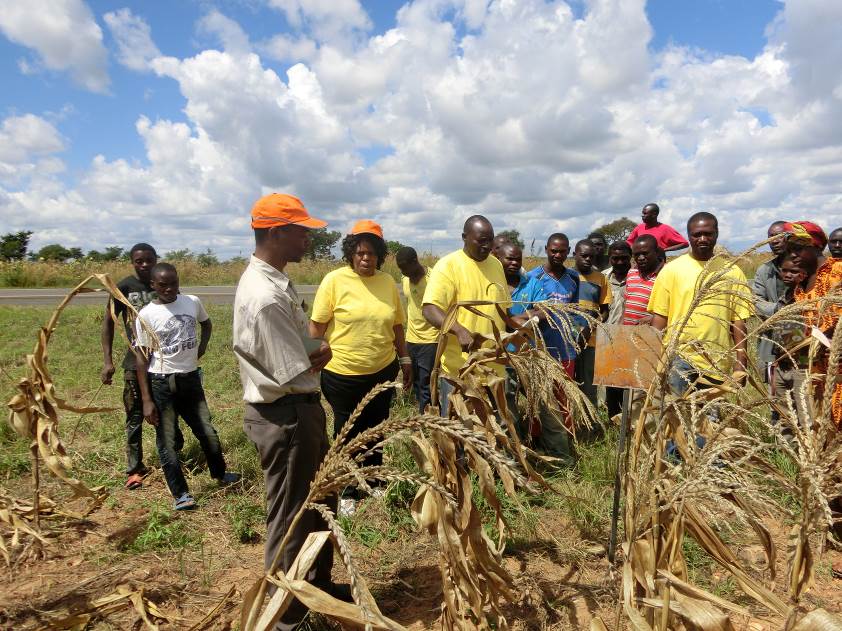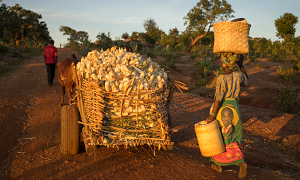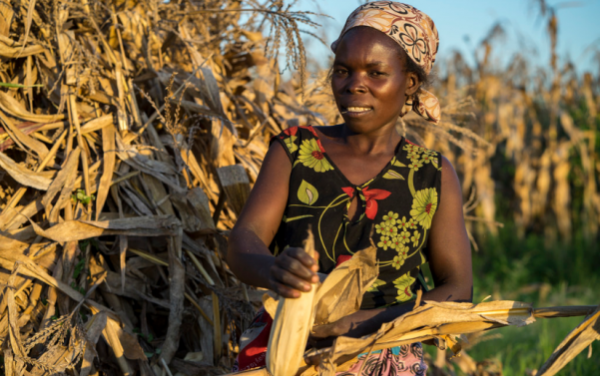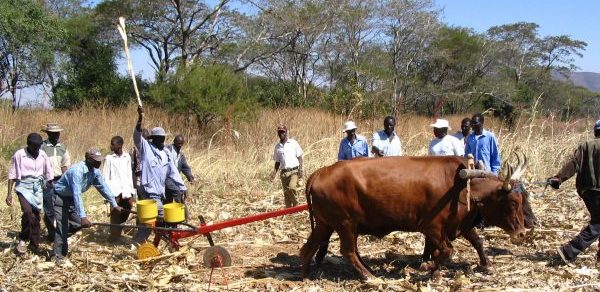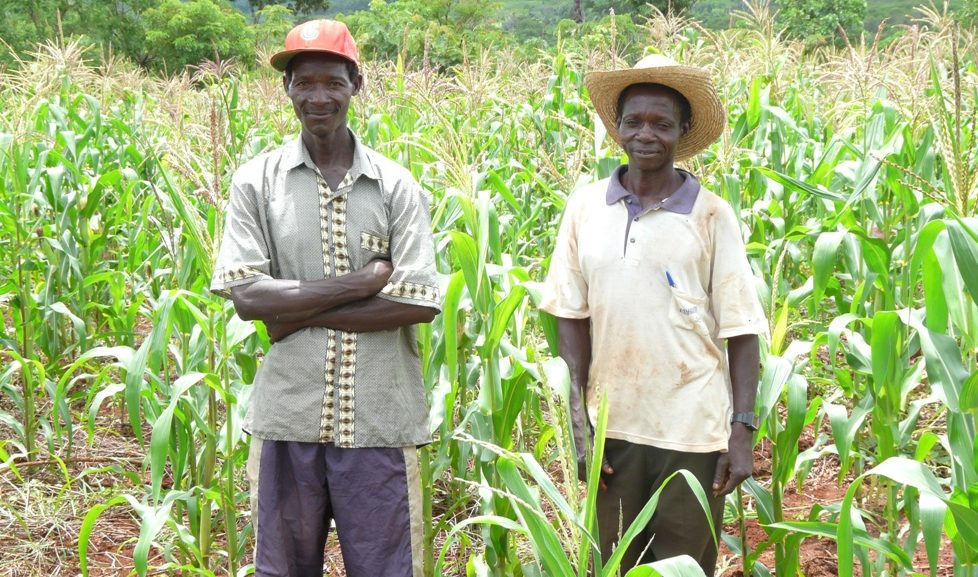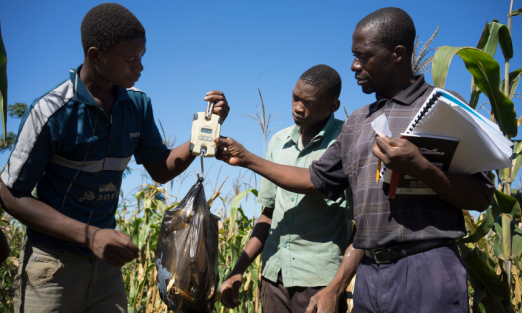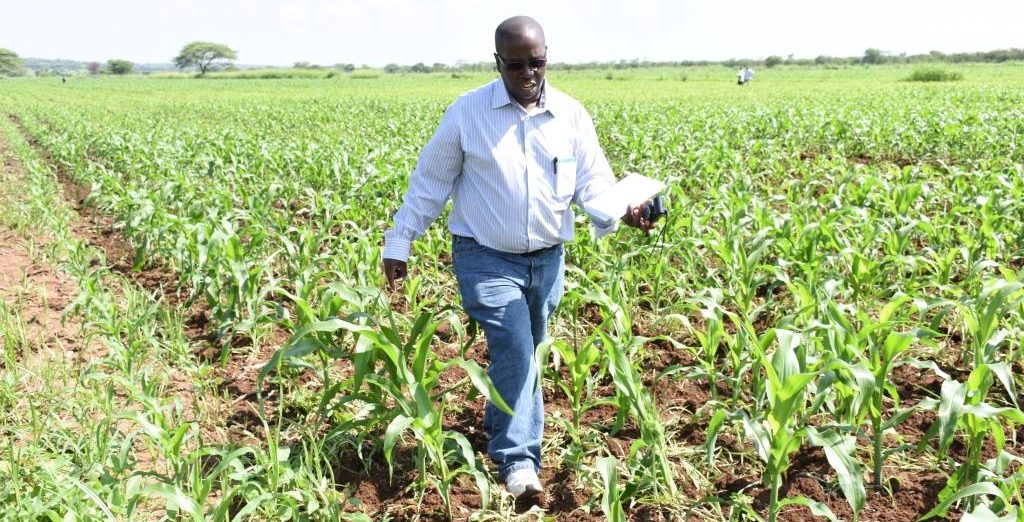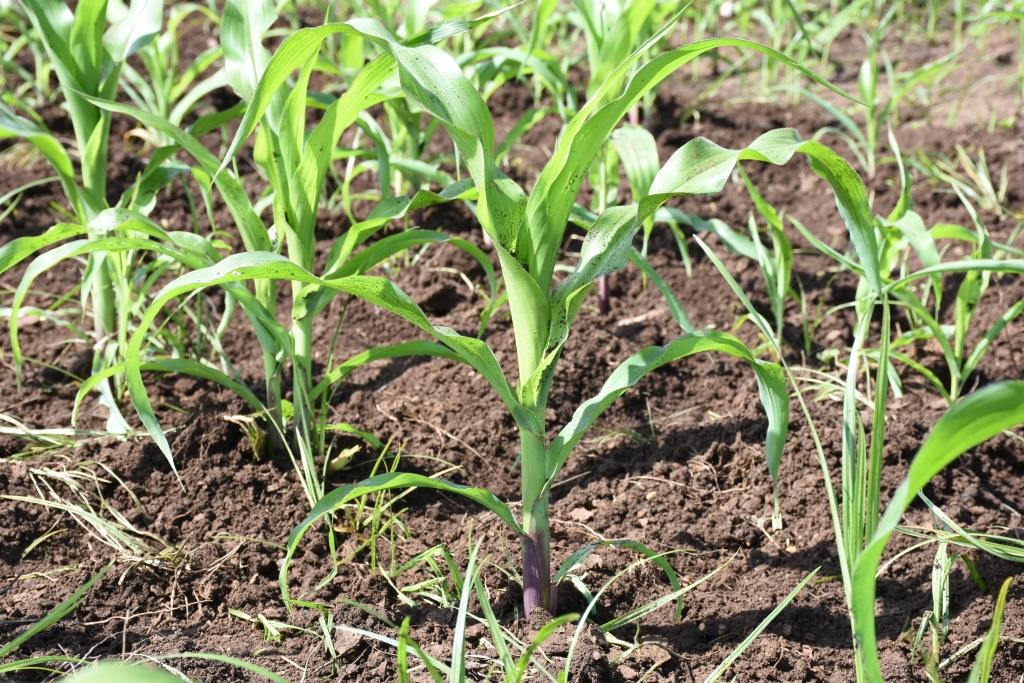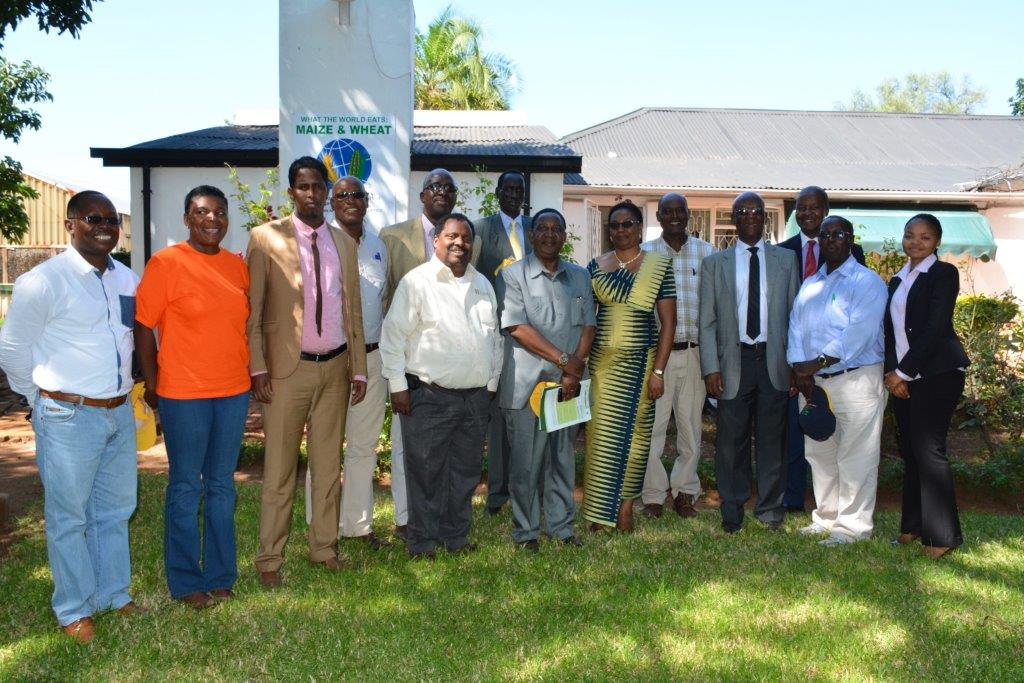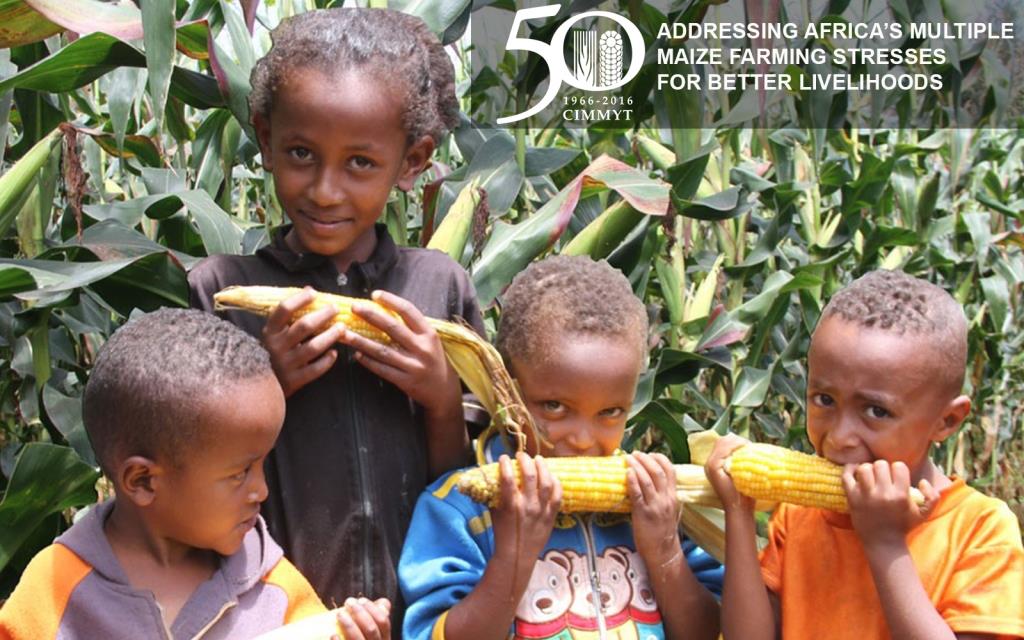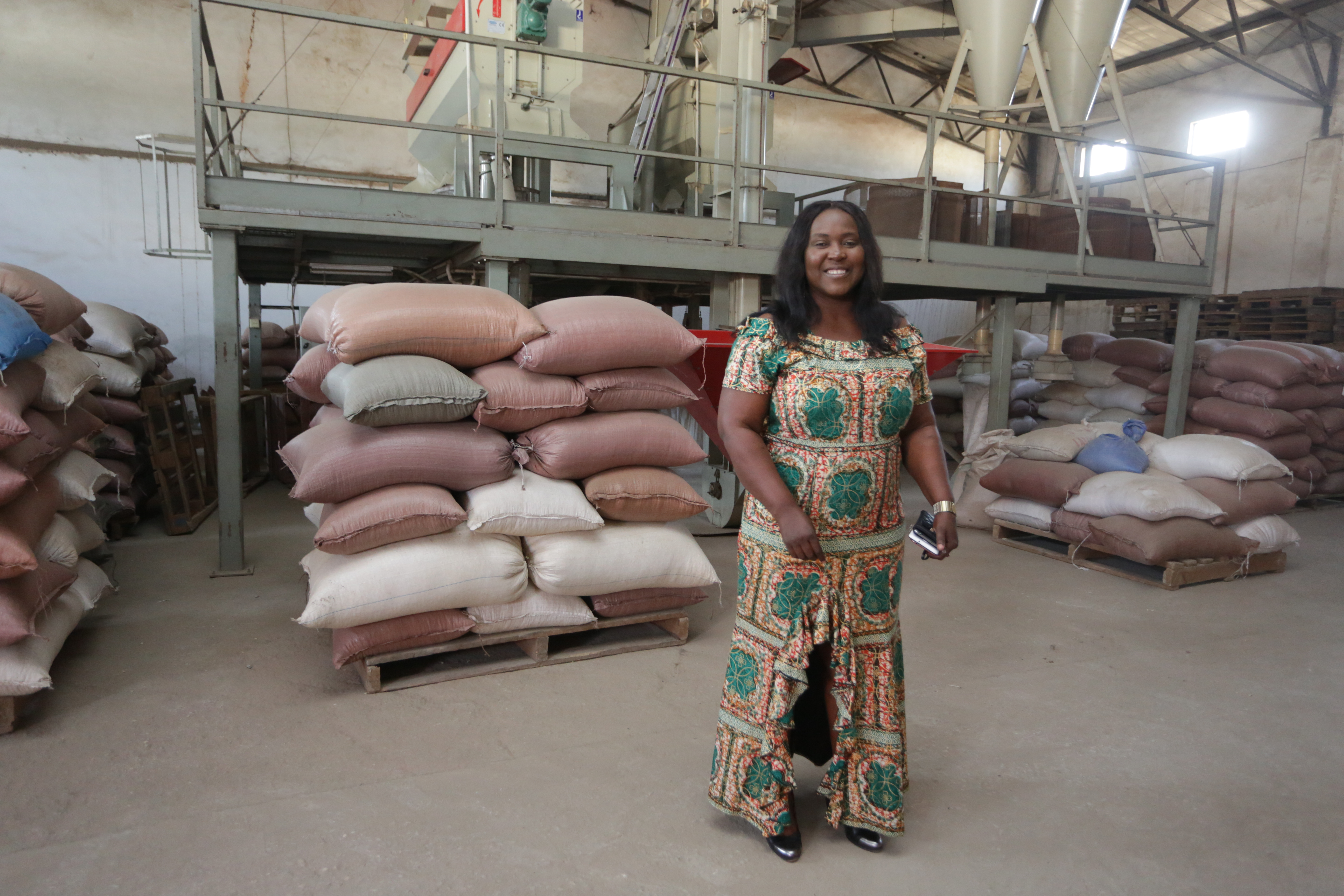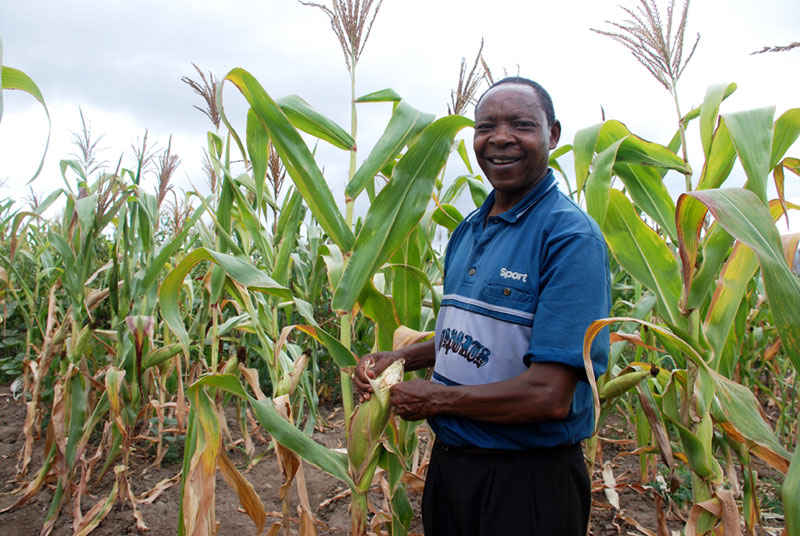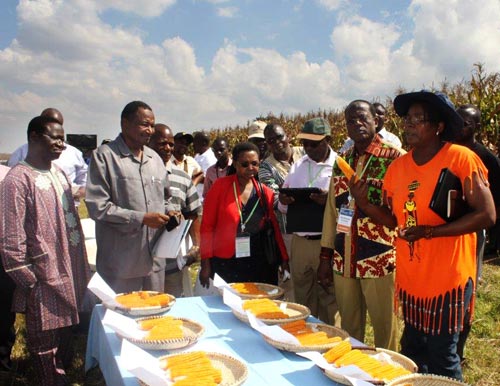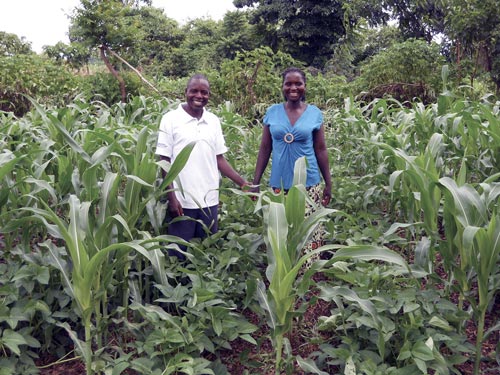Fall armyworm devastates crops in sub-Saharan Africa: A quick and coordinated regional response is required
The recent appearance of the fall armyworm, an insect-pest that causes damage to more than 80 crop species in 14 countries in sub-Saharan Africa, poses a serious challenge and significant risk to the region’s food security.
In a recent interview, B.M. Prasanna, director of the Global Maize Program at International Maize and Wheat Improvement Center (CIMMYT) and the CGIAR Research Program on MAIZE, who is working at the forefront of CGIAR’s response, highlights the potential impact of the pest and how CGIAR researchers are contributing to a quick and coordinated response across the region.
Q: What is the fall armyworm and why is it so destructive?
The fall armyworm (Spodoptera frugiperda) is an insect-pest which causes major damage to more than 80 crop species, including economically important crops, such as maize, rice, sorghum, wheat, sugarcane, several other vegetable crops and cotton.
It was first officially reported in Nigeria in early 2016 and has been officially confirmed in 11 and suspected in at least 14 other African countries, as of April 2017.
Q: What are the potential impacts of the pest in sub-Saharan Africa?
The fall armyworm poses a serious challenge and a significant, ongoing risk to Africa’s food security.
The pest’s ability to feed on a range of crop species means that smallholder farming systems in Africa, which are based on intercropping, are particularly vulnerable. Also, the rapid damage and migratory capacity of the pest, combined with its capacity to reproduce quickly in the right environmental conditions and its ability to rapidly evolve resistance to synthetic pesticides increase the region’s vulnerability.
In sub-Saharan Africa, where fall armyworm is currently devastating maize crops, estimates indicate 13.5 million tons of maize valued at $3 billion are at risk in 2017-2018, which is equivalent to over 20 percent of total production for the region (based on data from CABI, April 2017).
Q: What are the key challenges that countries in sub-Saharan Africa will face?
There is no doubt that smallholder farmers, particularly maize farmers, in sub-Saharan Africa will face a significant and ongoing risk from the fall armyworm. In particular, resource-poor smallholders will be severely affected due to their inability to control the pest using synthetic pesticides, currently the only way to effectively respond, which are very costly.
Q: What are three ways that countries in sub-Saharan African can strengthen resilience of food and agricultural systems to the potential effects of Fall Armyworm?
- Working groups need to be established quickly to develop and implement strategies to respond to the issue. In particular, we need to develop a comprehensive, regional response centered on: Monitoring and early warning; Social and economic assessments of impacts, and forecasting; Integrated Pest Management (IPM); Development and dissemination of low-cost, effective and sustainable solutions and development of appropriate regulatory tools and policies to support the response.
- As this process unfolds, gaps, challenges and successes will need to be documented to inform capacity-building needs with a focus on understanding the capacity of individual countries to respond. While fall armyworm outbreaks across Africa is an emergency situation, it should also be an opportunity to review and understand regional food production and food security issues and as an opportunity to improve on systematic approaches to build capacity to prevent and respond to future threats of transboundary pests and pathogens in Africa.
- Strong coordination across different levels of government is required: “political coordination” (among the local governments, NPPOs, and sub-regional organizations), and “technical coordination” (fast-tracked testing and deployment of relevant technologies).
Q: What role do CIMMYT and CGIAR have in building capacity in the region’s ability to respond to Fall Armyworm?
CGIAR institutions, including CIMMYT and the International Institute of Tropical Agriculture (IITA), have significant strengths in building the region’s ability to respond to trans-boundary pathogens (e.g., previous examples include Maize Lethal Necrosis, wheat rust and insect-pests, such as fall armyworm.
Specific examples of CGIAR/CIMMYT expertise that will be important in the fall armyworm response include:
- Development and dissemination of crowd-source based tools and digital surveillance systems and analysis of the data collected across countries for a strong monitoring and early warning system.
- Systematic and large-scale assessment of the present and potential socio-economic impact of fall armyworm in Africa, and the development of forecasting tools to understand potential losses
- Review of the efficacy of different fall armyworm management options (learning from experiences of the United States, Brazil and Mexico), and adapting this information to the African context
- Determining the efficacy of cultural control options against fall armyworm, including early versus late planting of crops like maize, handpicking, soil and habitat management, crop hygiene, etc.
- Evaluating the impacts on-going integrated pest management (IPM) initiatives and the impacts of the fall armyworm invasion on the effectiveness of these interventions
- Developing and implementing appropriate insect resistance monitoring and management strategy in fall armyworm affected countries
- Analysis of the effects of conservation agriculture on fall armyworm management and the influence of fall armyworm incidence on diverse cropping systems
- Testing and introgression of conventionally-derived resistance (from identified CIMMYT and U.S. Department of Agriculture-Agricultural Research Service [USDA-ARS] germplasm sources) into Africa-adapted maize germplasm, followed by fast-tracked varietal release, seed scale-up and delivery of improved maize hybrids/varieties through public-private partnerships (e.g., MLN is a great example of this).
- Developing a “Fall Armyworm Information Portal”, similar to the MLN Information Portal and Wheat Rust Tracker (led by CIMMYT), as a one-stop portal for relevant information.
Q: CIMMYT recently co-hosted an emergency meeting on the strategy for effective management of fall armyworm in Africa. What were the key outcomes and next steps for the response to this issue?
The emergency meeting was an opportunity to assess the present and potential damage due to fall armyworm and to devise a holistic control strategy.
CIMMYT, Alliance for a Green Revolution in Africa (AGRA) and the U.N. Food and Agriculture Organization (FAO) jointly hosted a Stakeholders Consultation Meeting in Nairobi, Kenya (April 27-28, 2017). About 150 experts and stakeholders from 24 countries in Africa, and five outside Africa (Italy, Spain, Switzerland, Britain and the United States) participated, with participants from government, national plant protection agency, national agricultural research systems in Africa, as well as scientists from international agricultural research organizations, and representatives of service providers, non-governmental organizations, development partners, donor agencies and the media.
Discussions covered the present status of the pest in Africa as well as contingency plans to manage the pest, assessment of current control options being used. Experts from the U.S. and U.K. provided expertise and insight on the response to fall armyworm in the U.S. and Brazil.
Action points and recommendations on four key areas were developed to ensure an effective, coordinated response:
- Contingency planning and awareness generation;
- Fall armyworm monitoring and early warning;
- Socio-economic impact assessments and modeling of potential losses;
- Development and Dissemination of fall armyworm management options;
- Coordination of Institutional Interventions for fall armyworm management in Africa.
FAO is expected to convene a regional workshop in early June to engage and coordinate with relevant regional organizations who will be involved in the response.
CIMMYT and CGIAR have responded and will continue to address the issue over the following months. For more information see these recent publications: Multi pronged approach key for effectively defeating fall army worm in Africa; Scientists tackle deadly fall armyworm infestation devastating maize in Southern Africa and Global experts and stakeholders meet to develop fall armyworm emergency strategy for Africa.
Similarly, international coverage of the fall armyworm crisis has been extensive and includes the following:
- Bloomberg Africa corn losses from armyworm may cost $3 billion, CABI says
- FAO Fall army worm outbreak, a blow to prospects of recovery for southern Africa
- IRIN News After drought, Zimbabwe contends with fall armyworm invasion
- SciDev Action plan developed to tackle fall army worm in Africa
- NPR It came from the America’s and it is bad news for Africa
- East African Staggering $600M needed to fight plaque deadly fall armyworm plaque
- East African Call for GM Maize to fight armyworm
This article was originally posted by CGIAR.
As climate change threatens to increase the incidence of plant pests and diseases, action must be taken to protect smallholder farmers and global food security.
At this year’s UN Climate Talks, CIMMYT is highlighting innovations in wheat and maize that can help farmers overcome climate change. Follow @CIMMYT on Twitter and Facebook for the latest updates.
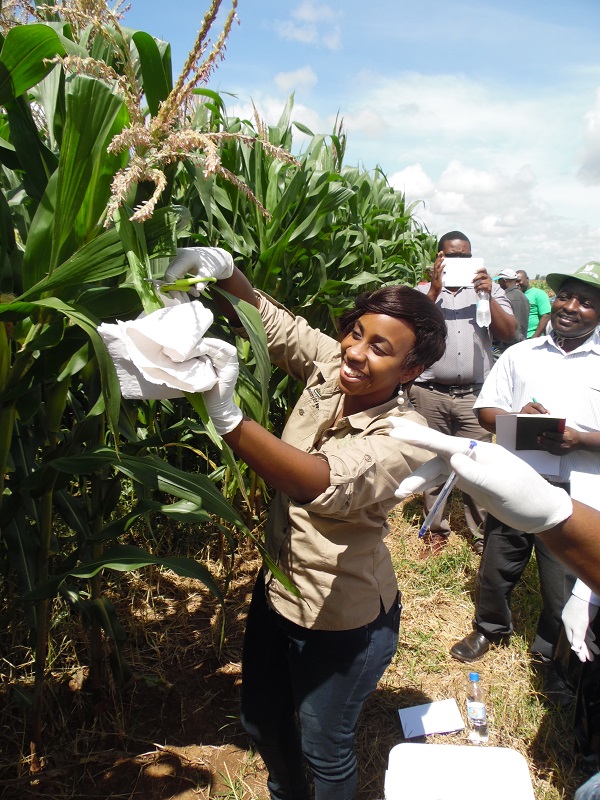
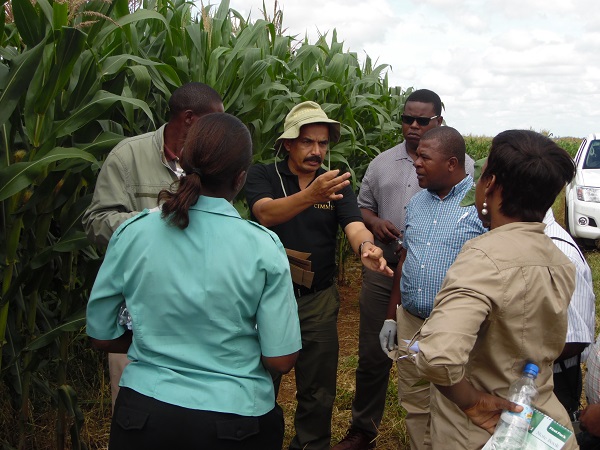


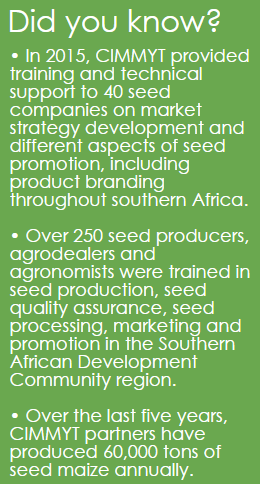 CIMMYT is working to improve access to good-quality maize through production and deployment of affordable and improved drought-tolerant, stress-resilient and high-yielding maize varieties for smallholder farmers throughout Zambia. Kamano Seed Company is one of six seed companies that CIMMYT partners with to improve maize production and marketing for small-scale farmers. The company provides drought-tolerant maize seeds, fertilizers and training to help farmers commercialize their production.
CIMMYT is working to improve access to good-quality maize through production and deployment of affordable and improved drought-tolerant, stress-resilient and high-yielding maize varieties for smallholder farmers throughout Zambia. Kamano Seed Company is one of six seed companies that CIMMYT partners with to improve maize production and marketing for small-scale farmers. The company provides drought-tolerant maize seeds, fertilizers and training to help farmers commercialize their production.